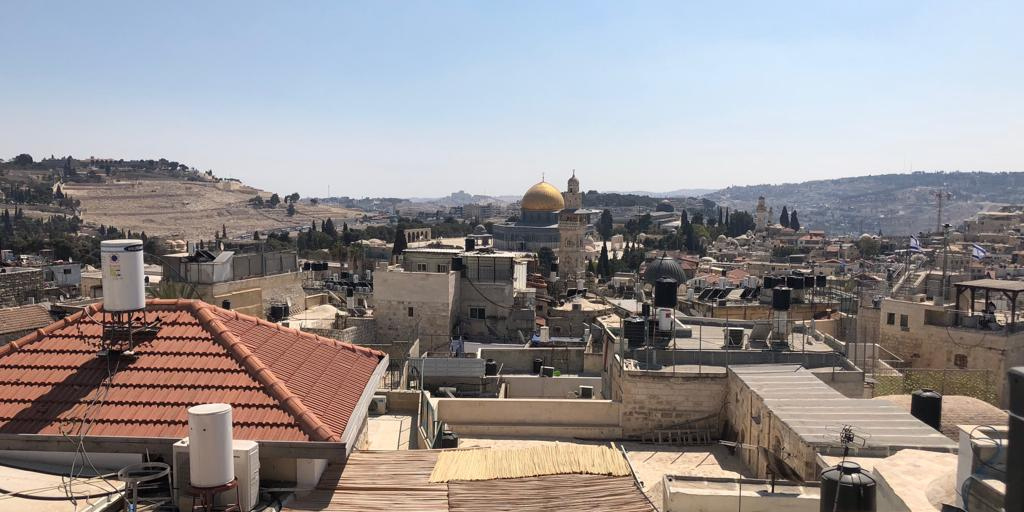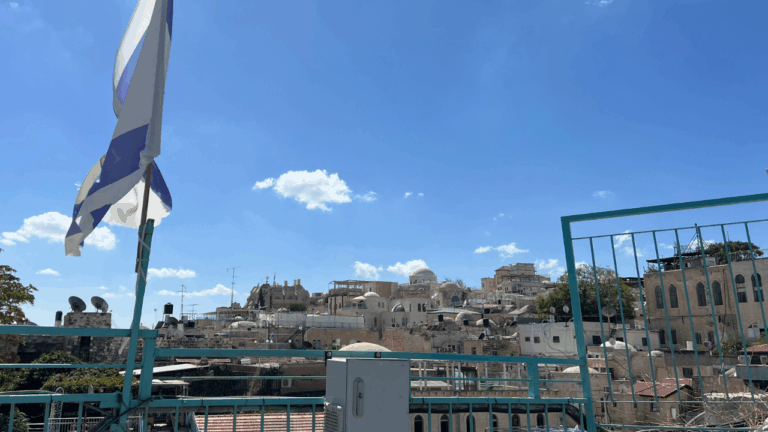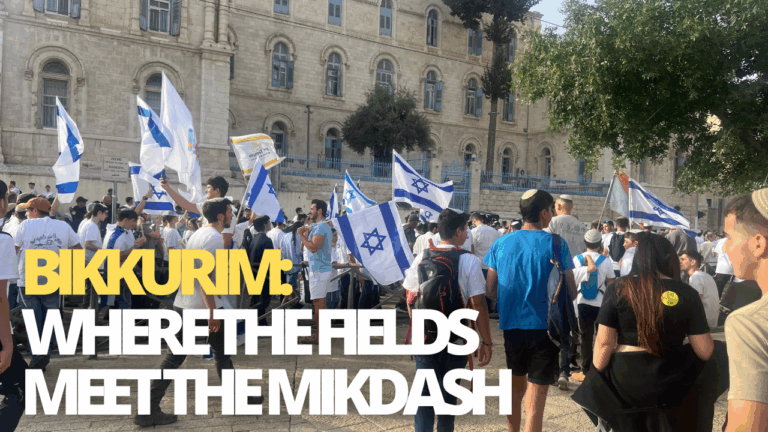Jerusalem: Our Living City
Our parsha teaches that every seven years the farmer in the Land of Israel must leave their land fallow. The commentators have raised several reasons for this commandment. One common theme is that this mitzvah is beneficial for the spiritual life of the nation. For example, S’forno explains that the Torah wants the Jewish person to be able to spend one out of every seven years studying Torah. The Talmud speaks of the farmer’s realization that the Land of Israel belongs to God and not to the field’s titular owner.
Perhaps a different angle on Shemittah emerges from a verse in the curses of Parshat Bechukotai. The Torah explains that when the Jewish people are exiled and the Land is desolate then:
…the land will be appeased regarding its sabbaticals. During all the days that it remains desolate while you are in the land of your enemies, the Land will rest and thus appease its sabbaticals.
In this verse, the Torah seems to refer to the Land as a sentient being that has its own desire for a year of rest.
Shemittah, then, is not centered on the farmer, but on the uniqueness of the Land of Israel. Even as a non-sentient entity, the Torah attributes feelings and desires to the Land. Perhaps this is the basis for the midrash’s comment that “Eretz” the Hebrew word for “Land” is associated with “Ratzon” – will and desire. The Land of Israel has its own divinely ordained desires and those who live there must be spiritually sensitive enough to act in rhythm with the Land’s tune.
If this is true regarding the Land of Israel as whole, then it is all the more so relevant regarding Jerusalem. All throughout Nach, the nevi’im refer to Yerushalayim as a mother who loves her children – the Jewish people. The city experiences the grief of the destruction and the despondency of the long centuries of barrenness. It longs for the return of its children. The city is alive with feelings and desires to be inhabited by God and the Jewish people.
The sensitive ones among us pick up the pulse of the city. They feel that the city is a living entity which speaks to them through every rock, every street corner. A primary example of this are the diary entries of the great student of Rav Kook – HaRav HaNazir. The Nazir writes in his diaries about his sensing of the city’s pulse as he walked through Jerusalem ancient corridors.
Yom Yerushalayim is usually thought of as a day of celebration for the Jewish people. After nearly 2,000 years we regained sovereignty over our holy city. In addition, let us also think about the day from the perspective of Jerusalem itself – our mother who has finally seen her children return.



